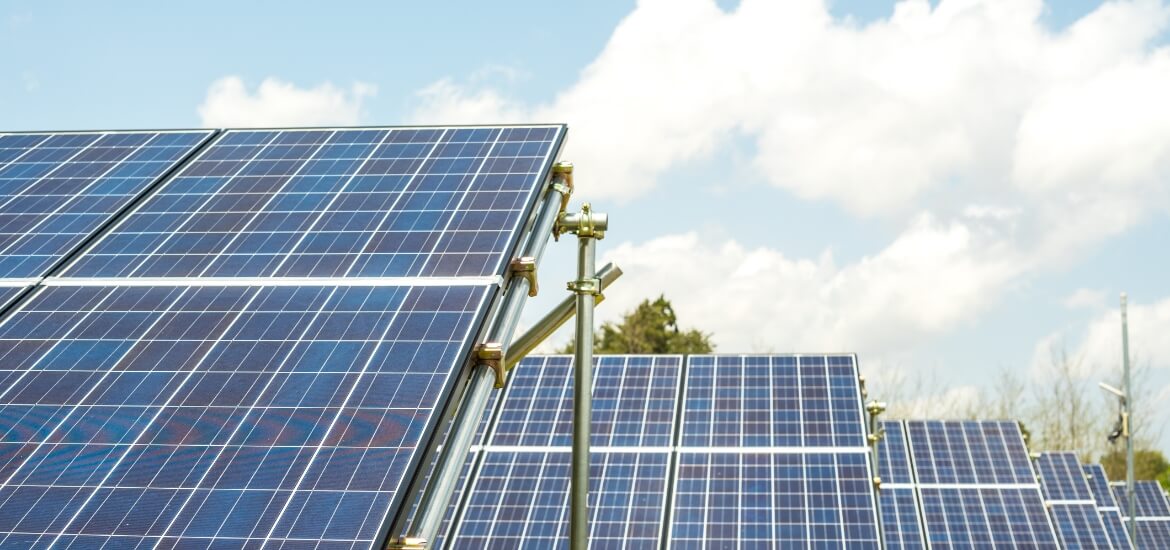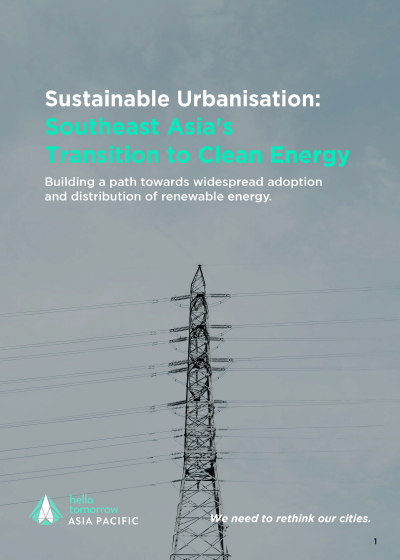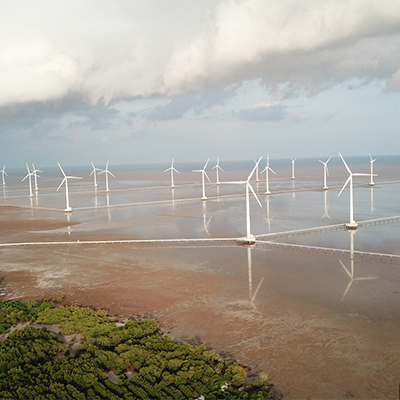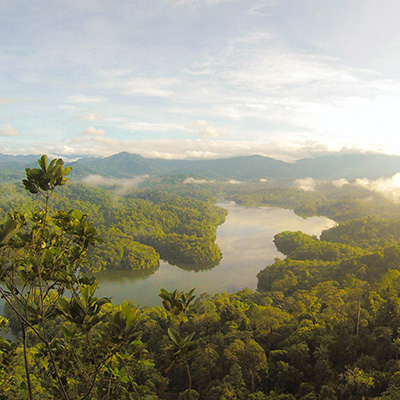Southeast Asia, once regarded as a “slow starter” relative to the advanced economies in the clean energy transition, has sharpened its act and could emerge as a heavyweight in this multi-faceted race over the next decade. But if the region really wants to swing the needle on decarbonisation efforts, it should pay just as much attention to retiring its polluting fossil-fired plants, say experts.
“It’s one thing to say a country will implement renewable energy, but it’s altogether different to say it will start to proactively retire the highest carbon-emitting power plants as early as possible. It’s better to do both things,” said Sharad Somani, KPMG Asia-Pacific’s partner and infrastructure head. The power sector accounts for around 40 per cent of the region’s energy-related emissions.
Among ASEAN nations, Indonesia, Malaysia and the Philippines have the highest shares of coal-based electricity while Singapore and Thailand have a high share of natural gas-based electricity, according to Maybank Investment Banking Group’s sustainability research head Jigar Shah. Coal and gas-fired power plants are the region’s key sources of electricity today.
Shah added: “There are existing large investments in coal and gas related energy infrastructure in most key ASEAN markets. It is not easy to do away with these investments (as) there are jobs associated with it directly and indirectly.”
As ASEAN’s energy demand is set to grow rapidly, the generation share of renewable energy sources is expected to rise from 2 per cent in 2020 to 23 per cent by 2025. While this may appear ambitious considering the current scenario of 1-2 per cent, Somani referred to it as a “low-hanging fruit”.
He explained: “The reason I say it’s a low-hanging fruit is because it does not necessarily require effort to accommodate costs, which are way beyond what you can afford. Secondly, it isn’t posing any particular grid risk or implementation risks to the utilities... as it is tried and tested.”
To further raise the share of renewable energy over total energy capacity, countries need an “energy transition mechanism” that includes retiring fossil-fired plants early, chiefly the most inefficient or “subcritical”, said Somani, who deemed this as the “biggest agenda” facing the world, and one that is currently further challenged by geopolitical headwinds and a global energy crunch.









